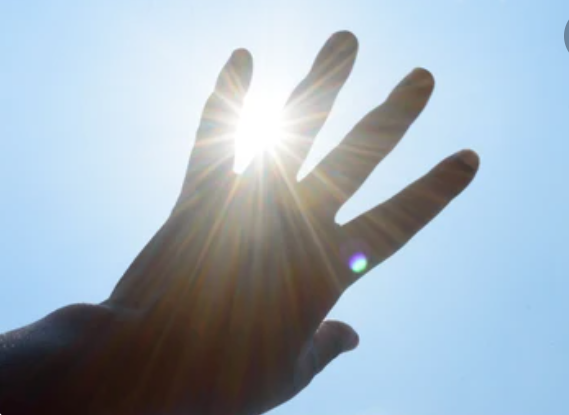You cannot see it or feel it. It can pass through clouds or
lightly woven material and, likes asbestos and tobacco, can cause cancer. Here
is how to protect yourself from the sun’s ultraviolet radiation (UVR).
For anyone who works outside, UVR is a potential workplace
hazard. It can cause lasting damage to eyes and skin and is the main cause of
skin cancer. You do not even have to work in direct sunlight to be affected as
UVR can be reflected off certain materials, such as concrete, metal, snow and
sand.

Manage the risk
Like any hazard, risks associated with exposure to UVR must
be eliminated as much as possible.
Some recommendations:
- Working indoors if possible.
- Replacing the hazard with a safer
option. This could be working during the early morning and late afternoon when
the risk of UVR exposure is lower.
- Isolating the risk, such as
working undercover or in a well-shaded area.
- Using engineering controls. These
are physical control measures to minimise the risk from UVR, such as permanent
shade structures, or altering a surface to be less reflective.
Use your PPE
It is not always possible to avoid exposure to UVR so it is
important to protect yourself with personal protective equipment (PPE). This
includes:
- UPF 50+ clothing. UVR can pass
through lighter colours or lightly woven fabrics. An everyday white cotton
T-shirt has a UPF (Ultraviolet Protection Factor) of only about 5, which is why
you need to wear clothing that is designed to block at least 98 per cent of
UVR.
- Broad brimmed hats or hard hats
with brims/flaps.
- At least SPF 30+ broad-spectrum
water-resistant sunscreen. Do not rely on sunscreen alone – always use it with
other sun protection control measures. Reapply sunscreen at least every two
hours or more if sweating.
Want to know your risk on any given day?
Try the World Health Organization recommended SunSmart
Global UV app available at both the Apple App and Google Play stores.